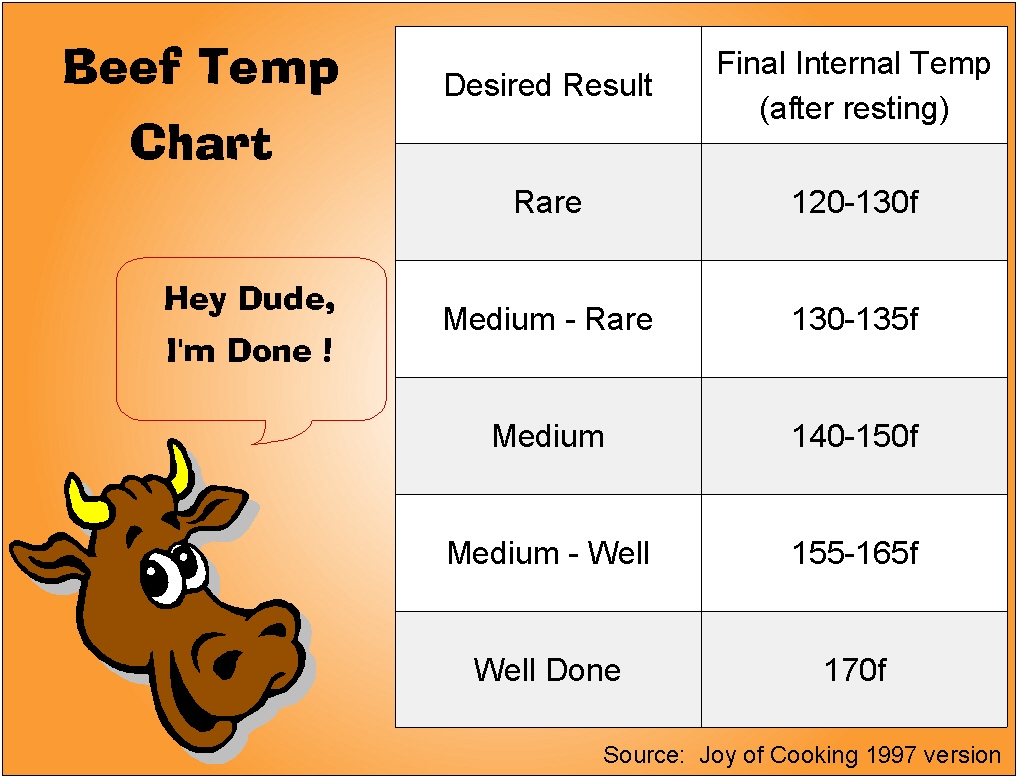Perfect Roast Beef Oven Cooking Times Guide

Is there anything more comforting than the aroma of a perfectly roasted beef filling your kitchen? A succulent roast, expertly prepared, is a centerpiece worthy of any gathering, from a casual Sunday supper to a festive holiday feast. Mastering the art of roasting beef involves understanding the nuances of oven cooking times and temperatures. This guide will equip you with the knowledge to achieve roast beef perfection.
Preparing a roast beef involves more than just throwing a piece of meat in the oven. It’s a process that, when executed correctly, yields incredibly flavorful and tender results. This guide will delve into the details of oven roasting times for beef, from understanding the different cuts of meat to achieving the desired level of doneness. We'll explore various techniques and tips, ensuring your roast beef becomes a culinary triumph.
The history of roasting meat dates back centuries, to a time when cooking over open fires was the norm. Roasting allowed for even cooking of large cuts of meat, and the process itself imparted a unique smoky flavor. Over time, methods evolved, and with the advent of the oven, roasting became more refined. Today, oven roasting remains a beloved cooking method for its ability to produce tender, flavorful meats, particularly roast beef.
One of the main challenges in roasting beef lies in determining the proper oven cooking time. Several factors influence cooking time, including the size and weight of the roast, the type of cut, and the desired level of doneness. Overcooking can result in a dry, tough roast, while undercooking can pose food safety risks. This guide aims to address these issues, providing you with clear guidelines and helpful tips to avoid common pitfalls.
Understanding the different cuts of beef suitable for roasting is essential. Popular choices include rib roast, sirloin roast, tenderloin roast, and chuck roast. Each cut has its unique characteristics, impacting both cooking time and flavor. A rib roast, for example, is known for its rich marbling and tender texture, requiring a slightly different cooking approach compared to a leaner sirloin roast. We will explore these nuances to help you select the right cut for your needs.
Roasting beef in the oven offers several benefits. First, it allows for even cooking, ensuring the meat is cooked through without being overcooked on the outside. Second, the roasting process enhances the natural flavors of the beef, creating a rich and savory taste. Third, oven roasting is relatively hands-off, freeing you up to prepare other dishes or spend time with guests while the roast cooks.
Creating a delicious roast beef involves several key steps. Start by selecting a quality cut of beef. Season the roast generously with salt, pepper, and your preferred herbs and spices. Sear the roast in a hot pan to develop a flavorful crust. Then, transfer the roast to a preheated oven and cook according to the recommended time for your chosen cut and desired doneness. Use a meat thermometer to ensure the roast reaches the correct internal temperature.
Checklist for Roasting Beef:
- Quality cut of beef
- Seasoning (salt, pepper, herbs)
- Roasting pan
- Meat thermometer
- Oven preheated to correct temperature
Advantages and Disadvantages of Oven Roasting Beef
| Advantages | Disadvantages |
|---|---|
| Even cooking | Requires oven space |
| Enhances natural flavors | Can be time-consuming |
| Relatively hands-off cooking | Risk of overcooking or undercooking |
Best Practices:
1. Use a meat thermometer.
2. Let the roast rest before carving.
3. Sear the roast before placing it in the oven.
4. Don't overcrowd the roasting pan.
5. Use a roasting rack.
FAQs:
1. What is the best temperature for roasting beef? It depends on the cut and desired doneness, but generally between 325-450°F.
2. How long does it take to cook a 3-pound roast beef? Approximately 1-1.5 hours for medium-rare.
3. How do I know when my roast beef is done? Use a meat thermometer to check the internal temperature.
4. Should I cover my roast beef while it's cooking? Generally, no, unless you're using a slower cooking method.
5. What should I do if my roast beef is cooking too quickly? Reduce the oven temperature.
6. Can I cook roast beef from frozen? It's not recommended, as it can lead to uneven cooking.
7. What are some good side dishes to serve with roast beef? Roasted vegetables, mashed potatoes, Yorkshire pudding.
8. How do I store leftover roast beef? Store it in an airtight container in the refrigerator for up to 3-4 days.
Tips and Tricks: For extra flavor, add aromatics like onions, garlic, and carrots to the roasting pan. Consider using a dry rub or marinade for added depth of flavor. Letting the roast rest after cooking allows the juices to redistribute, resulting in a more tender and flavorful final product.
Mastering the art of roasting beef takes practice and patience. By understanding the principles of oven cooking times, utilizing a reliable meat thermometer, and following the tips and techniques outlined in this guide, you can confidently create a truly memorable roast beef. This classic dish, with its rich history and comforting aroma, is sure to impress your family and friends. Whether it's a special occasion or a simple weeknight dinner, a perfectly roasted beef is a culinary experience that will be enjoyed by all. So, gather your ingredients, preheat your oven, and embark on your journey to roast beef perfection. Happy cooking!
Unlocking the secrets of club car golf cart wheel fasteners
Transform your home with behr interior flat paint
Uncork your creativity with easy paint and sip paintings












